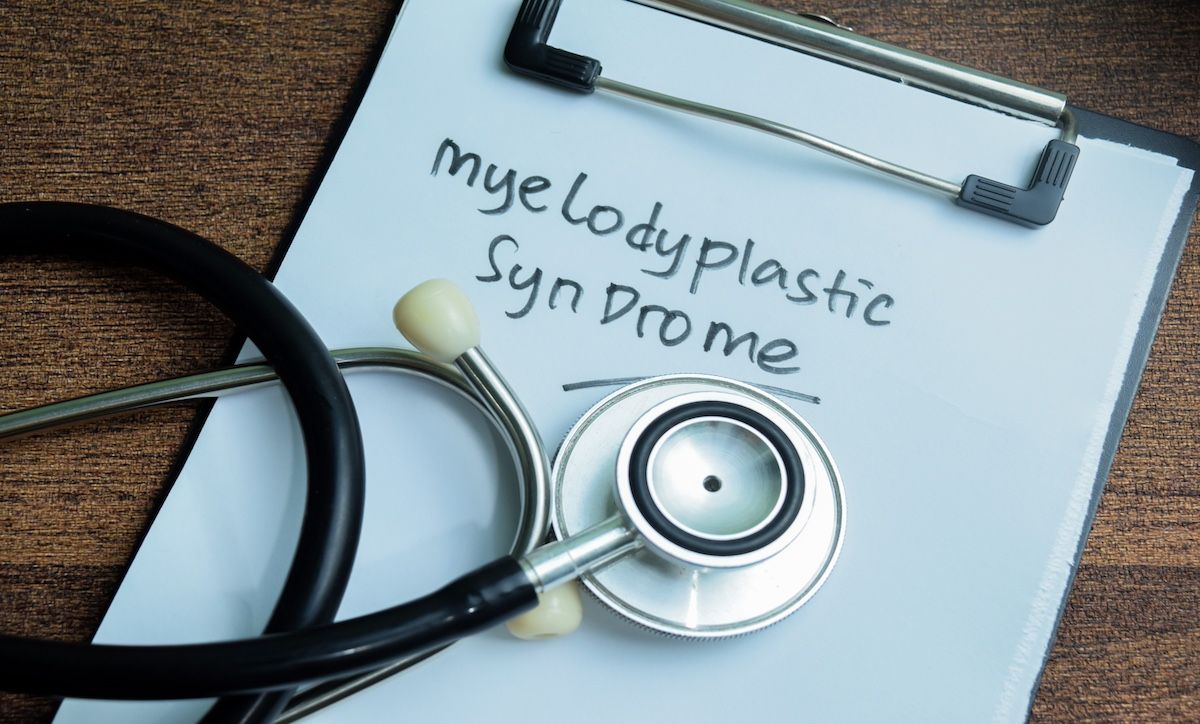Article
Study Shows Complexity of Care, Need for Support for Those With HIV Who Inject Drugs
Author(s):
The findings suggest that people who inject drugs living with HIV need ongoing support with an emphasis on taking medication for opioid use disorder.
People with HIV who inject drugs may see a decline in viral suppression over time, according to study published in Open Forum Infectious Diseases.
The findings suggest that people who inject drugs (PWID) living with HIV need ongoing support with an emphasis on taking medication for opioid use disorder (MOUD), as well as routine drug resistance testing, which tells whether the person’s HIV still respond to antiretroviral treatment (ART).
Authors of the extended follow-up of the study by the HIV Prevention Trials Network, known as HPTN 074,to determine whether an integrated intervention with psychosocial counseling and supported referrals for ART or substance use treatment would reduce HIV transmission among injection partners.
“High incidence of HIV infections is concentrated among people who inject drugs (PWID) in many locations globally, including Eastern Europe, Central Asia, and parts of Southeast Asia,” the authors of the follow-up said. “Injection practices, such as serial use and sharing of drug preparation and injection equipment, magnify risks for acquiring and transmitting HIV within injection networks.”
They added that stigma and punitive legal systems help explain why PWID have limited access to ART and MOUD.
In the initial study, a total of 502 participants were recruited from Indonesia (24%), Ukraine (37%), and Vietnam (39%), and were randomized to standard-of-care for their respective countries (SOC) (75%) or a flexible integrated intervention (25%). Eligibility criteria included:
- HIV-positive
- Active injection drug use
- Aged 18-60 years
- At least 1 HIV-uninfected injection partner
- Viral load ≥1,000 copies/mL
In the extension of the HPTN 074 trial, the researchers invited enrolled participants to re-enroll for 52 additional weeks to determine whether longer-term treatment would affect treatment durability. Of those enrolled in the original extension, 327 participants re-enrolled, with 89 participants in the intervention continuation group, 94 patients in the need of support group, and 144 patients continuing SOC.
At 52 weeks of follow-up, participants in the intervention group were significantly more likely to have HIV viral suppression. At the time of patient re-enrollment:
Among patients in the intervention continuation, group, 75% reported being on ART, and 43% reported being on MOUD
Among those in the need of support group, 45% reported being ART naive or previously on ART; 84% reported not being on MOUD.
Analyses found at week 52 and week 104 in the intervention continuation group:
- Week 52: 72% (80/111) were alive and reported being on ART; 41% (45/111) were alive and reported being on MOUD
- Week 104: 62% (53/85) were alive and reported being on ART; 31% (26/85) were alive and reported being on MOUD
- Week 52 to 104: Probability of ART among those alive decreased by an estimated 7.1% (95% CI: -15.2%, +1.1%)
- Week 52 to 104: Probability of MOUD decreased by an estimated 3.6% (95% CI: - 10.9%, +3.7%)
- Week 52 to 104: Probability of viral suppression <40 copies/mL decreased from 41% (45/111) to 29% (24/84) with an estimated 9.4% decrease per year (95% CI: -17.0%, -1.8%) and decreased over year 2 using the alternative threshold of <1000 copies/mL.
While the study is limited by its non-experimental design, the primary trial showed significant benefits for PWID living with HIV, and the intervention efficacy gave participants access to the intervention and provided insights for future widespread implementation.
“Nonetheless, the HPTN 074 flexible integrated intervention can be reproduced and delivered to PWID in need of support for HIV and MOUD across a variety of limited-resource settings,” the authors conclude. “PWID who needed support and were out of HIV or substance use treatment benefited from the intervention, resulting in MOUD uptake and increases in ART use and viral suppression.”
Reference
Lancaster KE, Mollan KR, Hanscom BS, et al. Engaging people who inject drugs living with HIV in antiretroviral treatment and medication for opioid use disorders: extended follow-up of HPTN 074. Open Forum Infectious Diseases. Published online May 29, 2021. doi:10.1093/ofid/ofab281.




